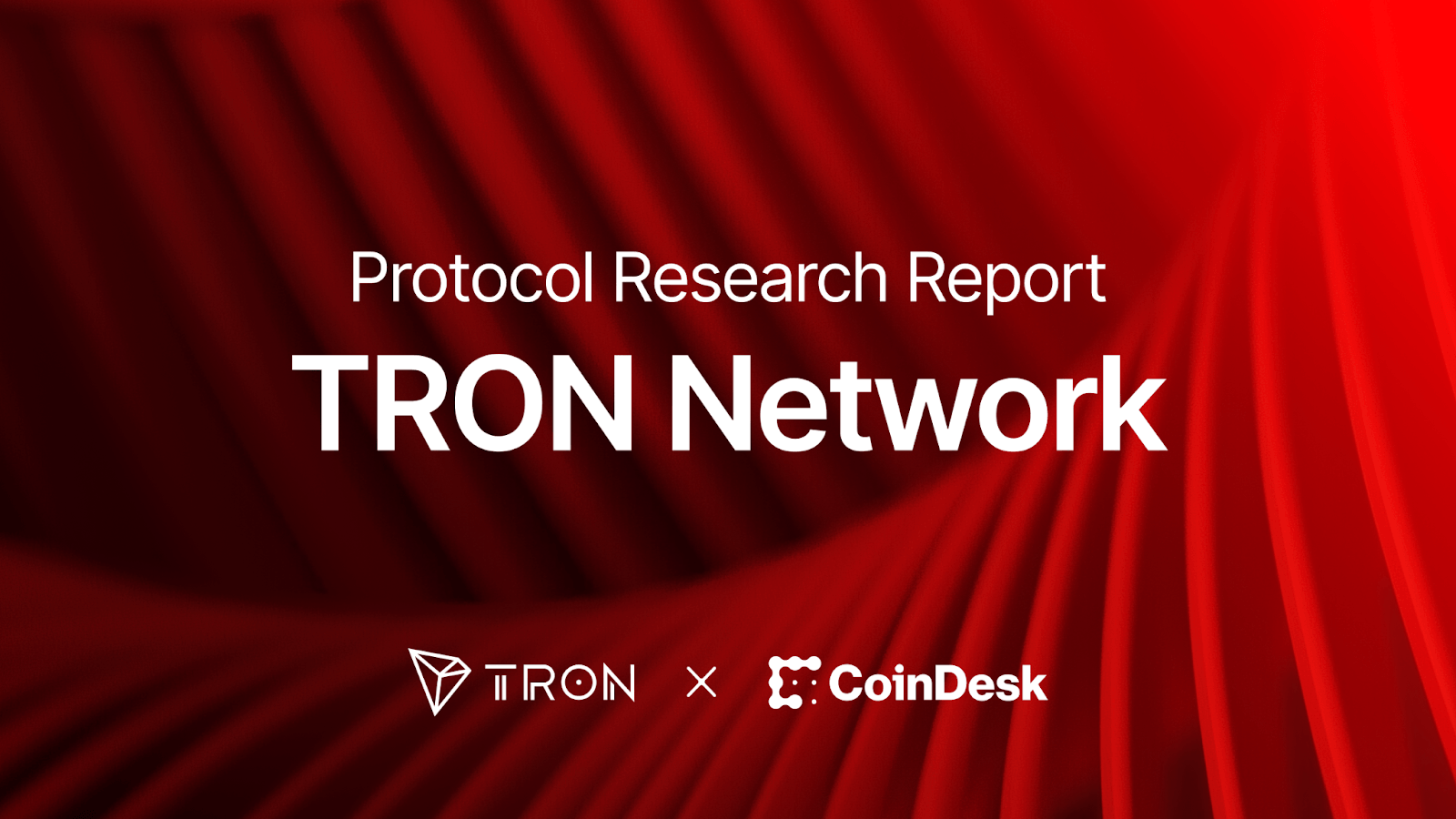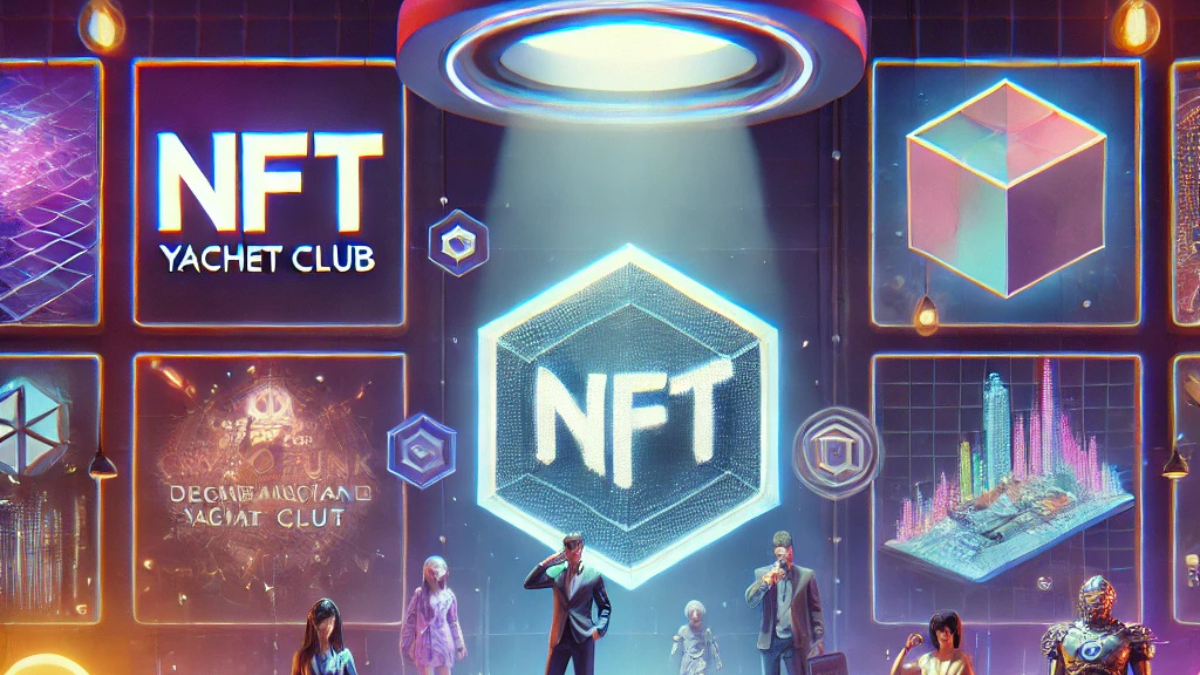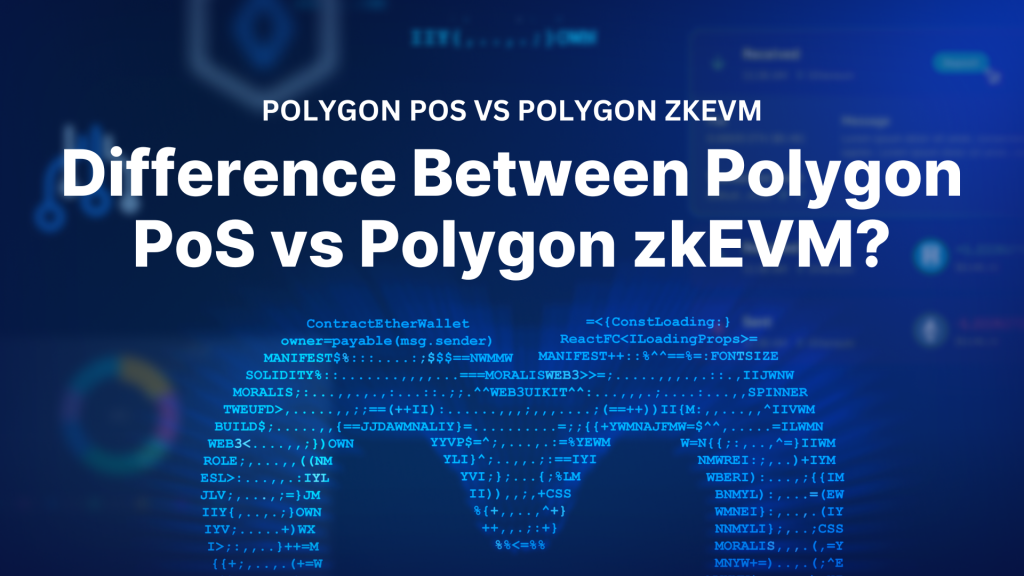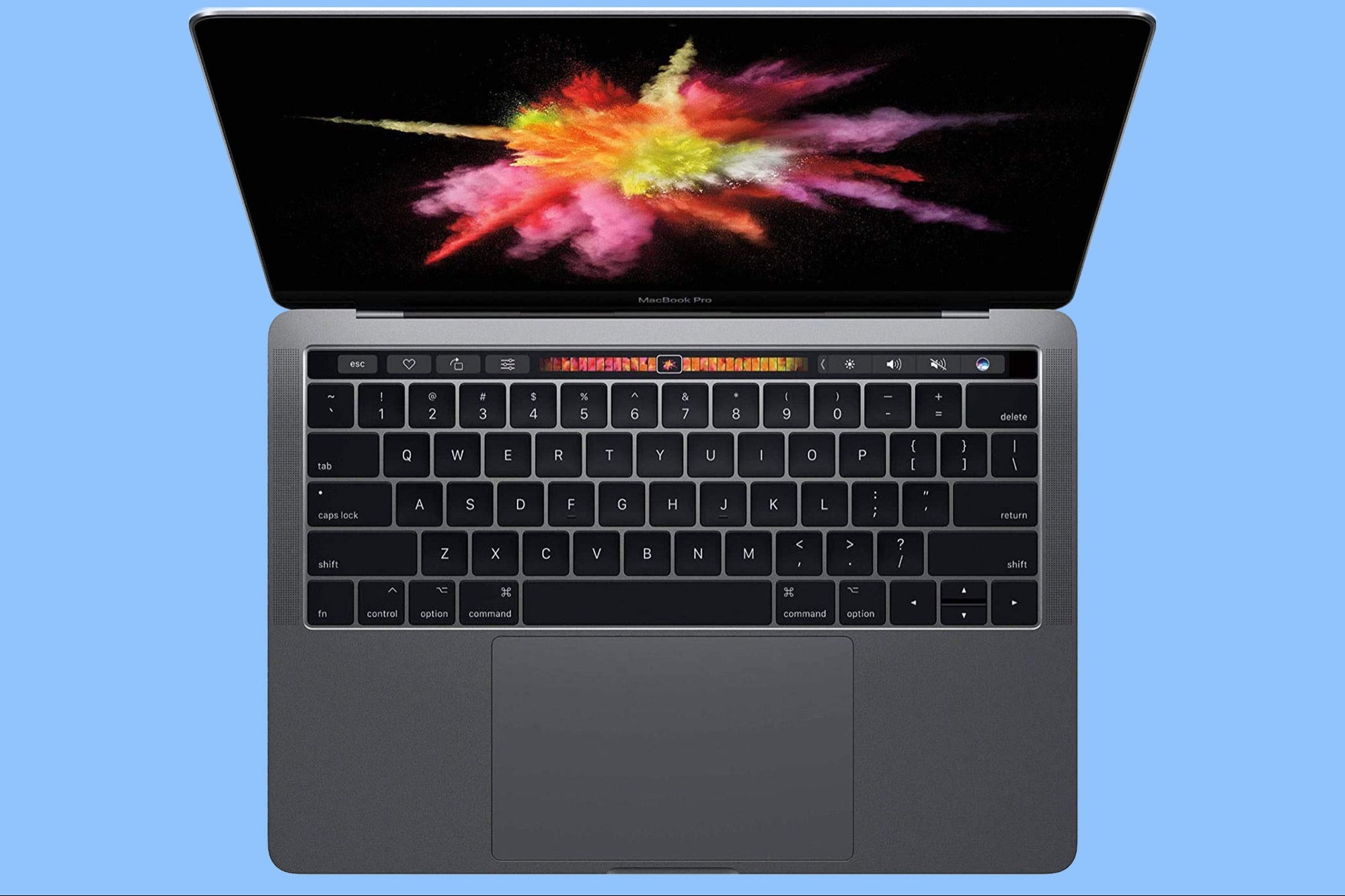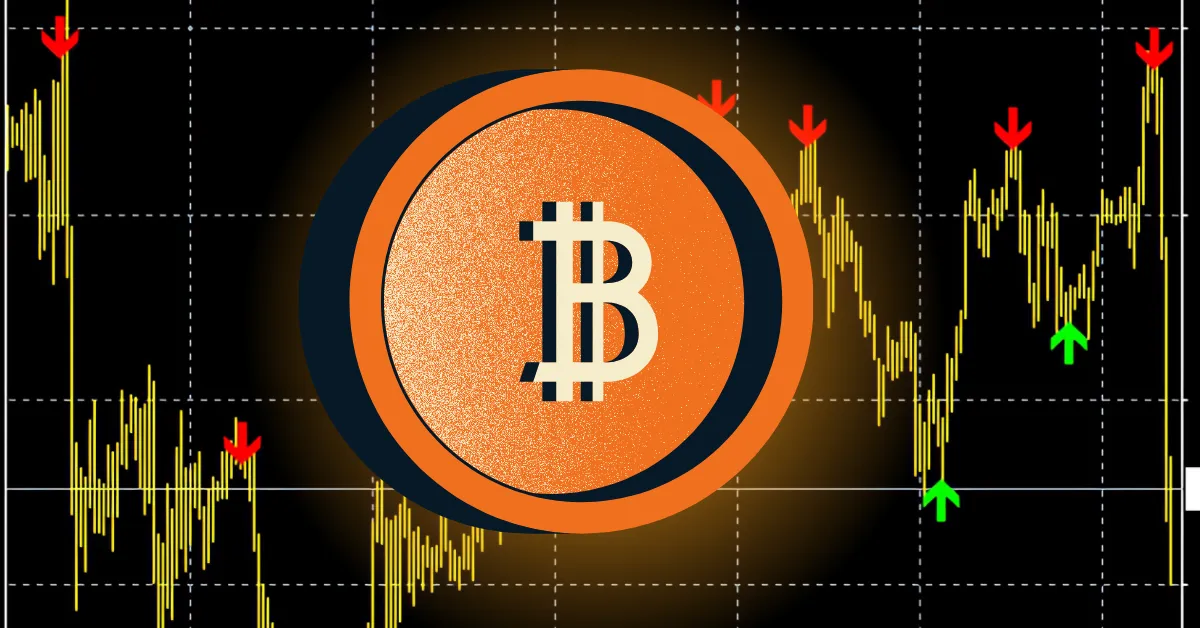With bearish trends in Bitcoin (BTC), Decentralized Finance (DeFi) and Non-Fungible Tokens (NFTs), the market capitalization of the global cryptocurrency market slumped by 64.1% to $829 billion at the end of 2022, down from $2.3 trillion at the start of the year.
In a similar fashion, spot trading volume on the top 10 crypto exchanges collapsed to $0.46 trillion in December, down by 67.3% from $1.5 trillion in January 2022. The deepest decline in this market occurred during the fourth quarter of the year in the aftermath of FTX’s collapse and the resulting contagion that impacted over 1 million estimated depositors, creditors and investors, the report notes.
These figures are according to the CoinGecko 2022 Annual Crypto Industry Report released on Tuesday. The report notes that BTC emerged as the worst-performing asset in the year as it sank by 64.2%. However, BTC traded above $21,000 on Tuesday, with total market cap briefly topping above the US$1 trillion mark.
#CoinGecko 2022 Annual Crypto Industry Report 📊
2022 was a tumultuous year for #crypto – NFTs and DeFi are among the hardest hit sectors, while stablecoins had a mixed performance.
Here are 8 key highlights you shouldn’t miss 👇 pic.twitter.com/w4n4BoSq7x
— CoinGecko (@coingecko) January 17, 2023
Keep Reading
Also, the CoinGecko report highlights that the NFT industry had its first bearish cycle in 2022 with trading volume across the top eight chains shrinking to $1.5 billion by the last quarter of the year, down from $13.3 billion during the first quarter.
In addition, the DeFi market saw its tokens, minus stablecoins and wrapped tokens, collapse by 72.9% “with various governance and utility tokens
Utility Tokens
Utility tokens are defined as digital assets that are used to fund a network by providing its buyers with a guarantee of being able to consume some of the network’s products. Of note, utility tokens differ with crypto coins such as Bitcoin as they are not mineable and are instead based on third-party blockchain. However, similarly to these cryptos, utility tokens are valued only for its inherent functions and properties. Utility tokens do not fluctuate in value, and are therefore not considered to be investments.These are a method of transacting within a particular platform or to buy goods or services from their issuing company.How are Utility Tokens Used?Utility tokens are used primarily for Initial Coin Offerings (ICO), which became an extremely popular form of investment during 2017-8.The structure of utility tokens proved highly useful for ICOs, which required a construct for issuance. This is where utility tokens entered the equation.During a utility token ICO, a given company issues a specific number of tokens that are sold to the community. This is done across multiple rounds for different prices. The owners of the token are then granted a specific right in the usage of the company’s products such as being first to access it or getting other privileges. his approach enables a company to gain funding without jeopardizing its overall independence.Beyond ICOs, if a blockchain-based company’s team decides to gather funding in some other way, security tokens can instead be used only for powering up the network.Ultimately, most utility tokens are based on the Ethereum blockchain. It is however possible to build unique utility token using other blockchain platforms.
Utility tokens are defined as digital assets that are used to fund a network by providing its buyers with a guarantee of being able to consume some of the network’s products. Of note, utility tokens differ with crypto coins such as Bitcoin as they are not mineable and are instead based on third-party blockchain. However, similarly to these cryptos, utility tokens are valued only for its inherent functions and properties. Utility tokens do not fluctuate in value, and are therefore not considered to be investments.These are a method of transacting within a particular platform or to buy goods or services from their issuing company.How are Utility Tokens Used?Utility tokens are used primarily for Initial Coin Offerings (ICO), which became an extremely popular form of investment during 2017-8.The structure of utility tokens proved highly useful for ICOs, which required a construct for issuance. This is where utility tokens entered the equation.During a utility token ICO, a given company issues a specific number of tokens that are sold to the community. This is done across multiple rounds for different prices. The owners of the token are then granted a specific right in the usage of the company’s products such as being first to access it or getting other privileges. his approach enables a company to gain funding without jeopardizing its overall independence.Beyond ICOs, if a blockchain-based company’s team decides to gather funding in some other way, security tokens can instead be used only for powering up the network.Ultimately, most utility tokens are based on the Ethereum blockchain. It is however possible to build unique utility token using other blockchain platforms.
Read this Term losing over $48.4 billion in value.” The stablecoin market, for its part, went down by 16.6% to $27.3 billion by year-end.
Watch this recent FMLS22 session on the future of cryptocurrencies.
However, despite these trends, crypto adoption remained steady “with a healthy growth of BTC and Ethereum addresses.” Furthermore, the report notes that Ethereum staking
Staking
Staking is defined as the process of holding funds in a cryptocurrency wallet to support the operations of a blockchain network. In particular, staking represents a bid to secure a volume of crypto to receive rewards. In most case however, this process relies on users participating in blockchain-related activities via a personal crypto wallet.The concept of staking is also closely tied to the Proof-of-Stake (PoS). PoS is a type of consensus algorithm in which a blockchain network aims to achieve distributed consensus.This notably differs from Proof-of-Work (PoW) blockchains that instead rely on mining to verify and validate new blocks.Conversely, PoS chains produce and validate new blocks through staking. This allows for blocks to be produced without relying on mining hardware. As such, instead of competing for the next block with heavy computation work, PoS validators are selected based on the number of coins they are committing to stake.Users that stake larger amounts of coins have a higher chance of being chosen as the next block validator. Staking ExplainedStaking requires a direct investment in the cryptocurrency, while each PoS blockchain has its particular staking currency.The production of blocks via staking enables a higher degree of scalability. Moreover, some chains have also moved to adopt the Delegated Proof of Staking (DPoS) model. DPoS allows users to simply signal their support through other participants of the network. In other words, a trusted participant works on behalf of users during decision-making events.The delegated validators or nodes are the ones that handle the major operations and overall governance of a blockchain network. These participate in the processes of reaching consensus and defining key governance parameters.
Staking is defined as the process of holding funds in a cryptocurrency wallet to support the operations of a blockchain network. In particular, staking represents a bid to secure a volume of crypto to receive rewards. In most case however, this process relies on users participating in blockchain-related activities via a personal crypto wallet.The concept of staking is also closely tied to the Proof-of-Stake (PoS). PoS is a type of consensus algorithm in which a blockchain network aims to achieve distributed consensus.This notably differs from Proof-of-Work (PoW) blockchains that instead rely on mining to verify and validate new blocks.Conversely, PoS chains produce and validate new blocks through staking. This allows for blocks to be produced without relying on mining hardware. As such, instead of competing for the next block with heavy computation work, PoS validators are selected based on the number of coins they are committing to stake.Users that stake larger amounts of coins have a higher chance of being chosen as the next block validator. Staking ExplainedStaking requires a direct investment in the cryptocurrency, while each PoS blockchain has its particular staking currency.The production of blocks via staking enables a higher degree of scalability. Moreover, some chains have also moved to adopt the Delegated Proof of Staking (DPoS) model. DPoS allows users to simply signal their support through other participants of the network. In other words, a trusted participant works on behalf of users during decision-making events.The delegated validators or nodes are the ones that handle the major operations and overall governance of a blockchain network. These participate in the processes of reaching consensus and defining key governance parameters.
Read this Term improved significantly quarter-on-over-year, reaching 15.8 million units at the end of the year. This represents an 80% increase compared to the 8.8 million units posted at the start of 2022.
“In the first half of 2022, growth of total staked ETH in validators can be attributed to a bullish Ethereum Merge sentiment. Following a successful Merge in mid-September, the crypto community began to anticipate the upcoming Shanghai upgrade – driving its notable growth last quarter,” CoinGecko explained.
With bearish trends in Bitcoin (BTC), Decentralized Finance (DeFi) and Non-Fungible Tokens (NFTs), the market capitalization of the global cryptocurrency market slumped by 64.1% to $829 billion at the end of 2022, down from $2.3 trillion at the start of the year.
In a similar fashion, spot trading volume on the top 10 crypto exchanges collapsed to $0.46 trillion in December, down by 67.3% from $1.5 trillion in January 2022. The deepest decline in this market occurred during the fourth quarter of the year in the aftermath of FTX’s collapse and the resulting contagion that impacted over 1 million estimated depositors, creditors and investors, the report notes.
These figures are according to the CoinGecko 2022 Annual Crypto Industry Report released on Tuesday. The report notes that BTC emerged as the worst-performing asset in the year as it sank by 64.2%. However, BTC traded above $21,000 on Tuesday, with total market cap briefly topping above the US$1 trillion mark.
#CoinGecko 2022 Annual Crypto Industry Report 📊
2022 was a tumultuous year for #crypto – NFTs and DeFi are among the hardest hit sectors, while stablecoins had a mixed performance.
Here are 8 key highlights you shouldn’t miss 👇 pic.twitter.com/w4n4BoSq7x
— CoinGecko (@coingecko) January 17, 2023
Keep Reading
Also, the CoinGecko report highlights that the NFT industry had its first bearish cycle in 2022 with trading volume across the top eight chains shrinking to $1.5 billion by the last quarter of the year, down from $13.3 billion during the first quarter.
In addition, the DeFi market saw its tokens, minus stablecoins and wrapped tokens, collapse by 72.9% “with various governance and utility tokens
Utility Tokens
Utility tokens are defined as digital assets that are used to fund a network by providing its buyers with a guarantee of being able to consume some of the network’s products. Of note, utility tokens differ with crypto coins such as Bitcoin as they are not mineable and are instead based on third-party blockchain. However, similarly to these cryptos, utility tokens are valued only for its inherent functions and properties. Utility tokens do not fluctuate in value, and are therefore not considered to be investments.These are a method of transacting within a particular platform or to buy goods or services from their issuing company.How are Utility Tokens Used?Utility tokens are used primarily for Initial Coin Offerings (ICO), which became an extremely popular form of investment during 2017-8.The structure of utility tokens proved highly useful for ICOs, which required a construct for issuance. This is where utility tokens entered the equation.During a utility token ICO, a given company issues a specific number of tokens that are sold to the community. This is done across multiple rounds for different prices. The owners of the token are then granted a specific right in the usage of the company’s products such as being first to access it or getting other privileges. his approach enables a company to gain funding without jeopardizing its overall independence.Beyond ICOs, if a blockchain-based company’s team decides to gather funding in some other way, security tokens can instead be used only for powering up the network.Ultimately, most utility tokens are based on the Ethereum blockchain. It is however possible to build unique utility token using other blockchain platforms.
Utility tokens are defined as digital assets that are used to fund a network by providing its buyers with a guarantee of being able to consume some of the network’s products. Of note, utility tokens differ with crypto coins such as Bitcoin as they are not mineable and are instead based on third-party blockchain. However, similarly to these cryptos, utility tokens are valued only for its inherent functions and properties. Utility tokens do not fluctuate in value, and are therefore not considered to be investments.These are a method of transacting within a particular platform or to buy goods or services from their issuing company.How are Utility Tokens Used?Utility tokens are used primarily for Initial Coin Offerings (ICO), which became an extremely popular form of investment during 2017-8.The structure of utility tokens proved highly useful for ICOs, which required a construct for issuance. This is where utility tokens entered the equation.During a utility token ICO, a given company issues a specific number of tokens that are sold to the community. This is done across multiple rounds for different prices. The owners of the token are then granted a specific right in the usage of the company’s products such as being first to access it or getting other privileges. his approach enables a company to gain funding without jeopardizing its overall independence.Beyond ICOs, if a blockchain-based company’s team decides to gather funding in some other way, security tokens can instead be used only for powering up the network.Ultimately, most utility tokens are based on the Ethereum blockchain. It is however possible to build unique utility token using other blockchain platforms.
Read this Term losing over $48.4 billion in value.” The stablecoin market, for its part, went down by 16.6% to $27.3 billion by year-end.
Watch this recent FMLS22 session on the future of cryptocurrencies.
However, despite these trends, crypto adoption remained steady “with a healthy growth of BTC and Ethereum addresses.” Furthermore, the report notes that Ethereum staking
Staking
Staking is defined as the process of holding funds in a cryptocurrency wallet to support the operations of a blockchain network. In particular, staking represents a bid to secure a volume of crypto to receive rewards. In most case however, this process relies on users participating in blockchain-related activities via a personal crypto wallet.The concept of staking is also closely tied to the Proof-of-Stake (PoS). PoS is a type of consensus algorithm in which a blockchain network aims to achieve distributed consensus.This notably differs from Proof-of-Work (PoW) blockchains that instead rely on mining to verify and validate new blocks.Conversely, PoS chains produce and validate new blocks through staking. This allows for blocks to be produced without relying on mining hardware. As such, instead of competing for the next block with heavy computation work, PoS validators are selected based on the number of coins they are committing to stake.Users that stake larger amounts of coins have a higher chance of being chosen as the next block validator. Staking ExplainedStaking requires a direct investment in the cryptocurrency, while each PoS blockchain has its particular staking currency.The production of blocks via staking enables a higher degree of scalability. Moreover, some chains have also moved to adopt the Delegated Proof of Staking (DPoS) model. DPoS allows users to simply signal their support through other participants of the network. In other words, a trusted participant works on behalf of users during decision-making events.The delegated validators or nodes are the ones that handle the major operations and overall governance of a blockchain network. These participate in the processes of reaching consensus and defining key governance parameters.
Staking is defined as the process of holding funds in a cryptocurrency wallet to support the operations of a blockchain network. In particular, staking represents a bid to secure a volume of crypto to receive rewards. In most case however, this process relies on users participating in blockchain-related activities via a personal crypto wallet.The concept of staking is also closely tied to the Proof-of-Stake (PoS). PoS is a type of consensus algorithm in which a blockchain network aims to achieve distributed consensus.This notably differs from Proof-of-Work (PoW) blockchains that instead rely on mining to verify and validate new blocks.Conversely, PoS chains produce and validate new blocks through staking. This allows for blocks to be produced without relying on mining hardware. As such, instead of competing for the next block with heavy computation work, PoS validators are selected based on the number of coins they are committing to stake.Users that stake larger amounts of coins have a higher chance of being chosen as the next block validator. Staking ExplainedStaking requires a direct investment in the cryptocurrency, while each PoS blockchain has its particular staking currency.The production of blocks via staking enables a higher degree of scalability. Moreover, some chains have also moved to adopt the Delegated Proof of Staking (DPoS) model. DPoS allows users to simply signal their support through other participants of the network. In other words, a trusted participant works on behalf of users during decision-making events.The delegated validators or nodes are the ones that handle the major operations and overall governance of a blockchain network. These participate in the processes of reaching consensus and defining key governance parameters.
Read this Term improved significantly quarter-on-over-year, reaching 15.8 million units at the end of the year. This represents an 80% increase compared to the 8.8 million units posted at the start of 2022.
“In the first half of 2022, growth of total staked ETH in validators can be attributed to a bullish Ethereum Merge sentiment. Following a successful Merge in mid-September, the crypto community began to anticipate the upcoming Shanghai upgrade – driving its notable growth last quarter,” CoinGecko explained.
Source link




